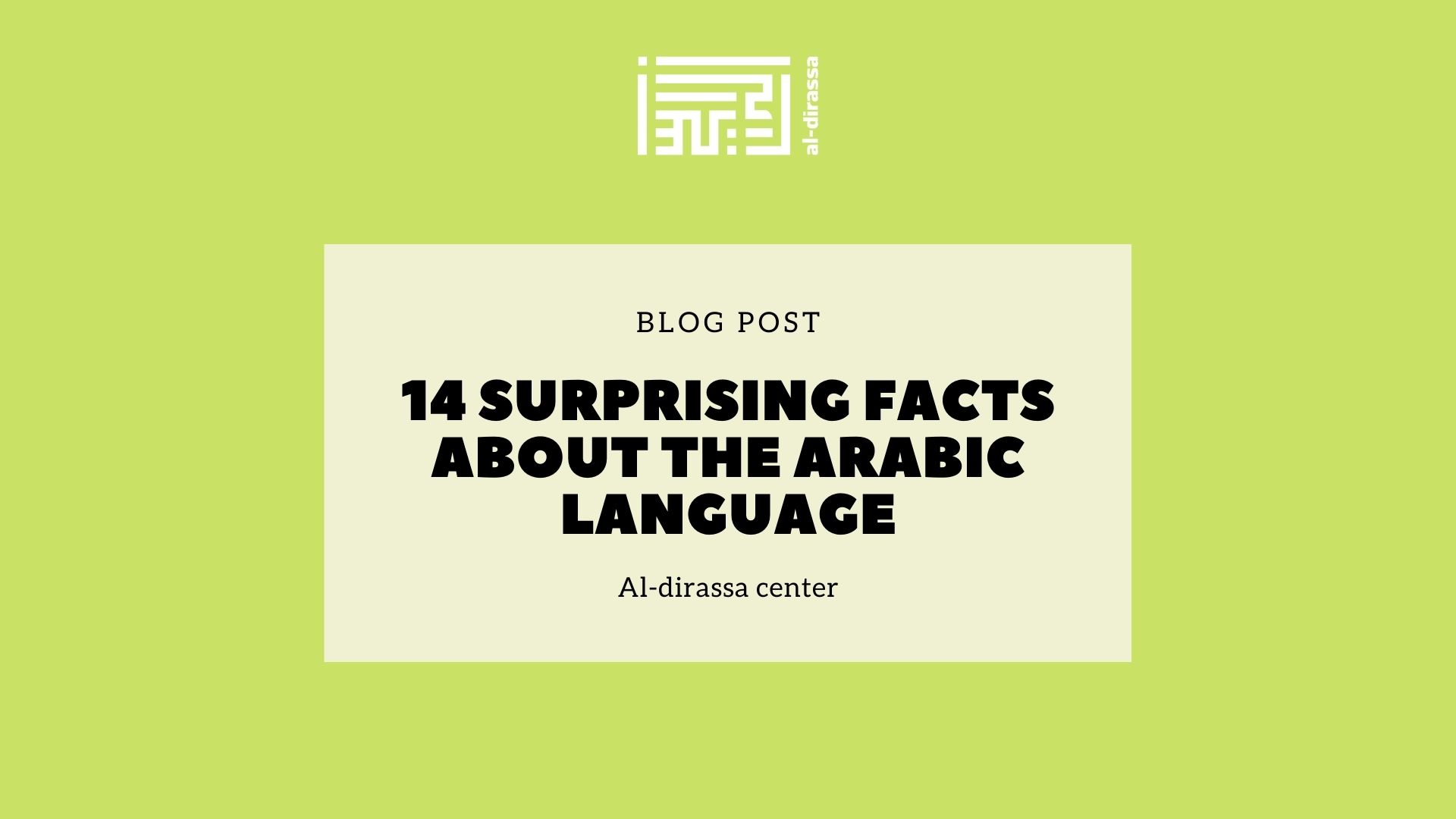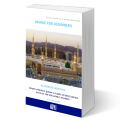14 Eye-Opening Facts You Didn't Know About the Arabic Language

14 Intriguing Facts About the Arabic Language: Dive Deep Into Its Rich History and Influence
The Arabic language, an ancient tongue dating back 1,500 years, boasts a rich tapestry of history, influence, and surprising nuances. Explore with us the depths of this fascinating language through 14 lesser-known facts.
1.The Ancient Roots of Arabic
Arabic traces its roots to the 6th century, with Classical Arabic marking its inception. However, its ancestry delves deeper with the Safaitic dialect, which was integral to the pre-Islamic nomadic tribes of the Syro-Arabian desert. A member of the Semitic languages family, it shares its lineage with both South and North Arabian dialects, each bringing a unique flavor and history.
2. The Two Main Categories of Arabs
Historians classify Arabs into two primary categories based on their lineage and linguistic heritage: the “Arab musta’riba” – descendants of Ishmael, and the “Arab Arabic” – indigenous Arabs of the Arabian peninsula before Ishmael’s time. Despite this classification, both North and South Arabians are considered Arab.
3. A Melting Pot of Dialects
The Arabic language is bursting with dialects. Each form is a unique blend of lexical, syntactic, and phonetic systems, often influenced by the region and the people. The distinction between language and dialect is primarily social, with dialects often reserved for intimate circles and regions.
4. The Divine Language of the Quran
Arabic holds a sacred place in the hearts of over a billion Muslims worldwide as the language of the Quran. Revealed to the Prophet Muhammad, this holy book is considered the verbatim word of God, highlighting the language’s unmatched eloquence and profound depth.
5. Equality in Script
Arabic script treats every letter with equal importance, regardless of its position in a word or sentence. This means there are no capitalized letters or abbreviations, differing greatly from languages like English.
6. Global Reach
Arabic’s influence stretches across 26 countries, making it the native tongue for over 300 million speakers. Moreover, it holds the distinguished title of being one of the six official languages of the United Nations.
7. A Unique Numeric System
An interesting quirk of Arabic is the left-to-right alignment of numbers, in stark contrast to the right-to-left flow of its script.
8. Preserved by Faith
The significance of the Quran in Islamic teachings ensures that Arabic remains a pivotal language for millions. This religious connection means countless individuals strive to learn and impart Arabic knowledge.
9. The Cursive Charm
Arabic, with its flowing cursive script, is a sight to behold. Each letter changes its shape based on its position in a word, creating a harmonious blend of art and communication.
10. Geometry Meets Linguistics
Arabic showcases a fascinating blend of language and geometry. Each letter can be traced back to a geometric shape, predominantly triangles, highlighting the culture’s emphasis on balance.
11. The Magic of Root Words
The beauty of Arabic lies in its intricate system of root words. A tri-consonantal root system allows for an array of words, all interconnected in meaning, to be formed from a base of just three letters.
12. Distinctive Punctuation
Arabic’s unique punctuation system, with its inverted commas and question marks, offers a refreshing twist to learners familiar with the English system.
13. Arabic’s Influence on English
Unbeknownst to many, several commonly-used English words like “cotton,” “algebra,” and “safari” have Arabic roots. This subtle influence underscores the language’s profound impact on global lexicons.
14. A Camel’s Tale
A testament to the language’s richness, Arabic has over 100 words just for ‘camel,’ each depicting a different state or characteristic of this desert dweller.
Conclusion
In conclusion, the Arabic language is not just a medium of communication but a vast ocean of history, culture, and unparalleled linguistic intricacies. Whether you are seeking to understand the profound teachings of the Quran or aiming to immerse yourself in the rich tapestry of Arab culture, this language holds treasures waiting to be unveiled. If your interest is piqued and you wish to delve deeper, we’re here to guide you on your linguistic journey.
The Al-Dirassa Institute provides a range of online courses in Arabic, Quran, and Islam tailored for non-Arabic speakers. To enroll in our courses or learn more, please don’t hesitate to get in touch with us today.
Chosen and Trusted by Thousands of Satisfied Learners
Discover the experiences of our delighted clients who have thoroughly enjoyed utilizing this standout feature.
Alhamdulillah I‘m very pleased with the arabic and Qur’an lessons I receive from teacher Umm Tasneem and I‘m also content with the al-dirassa administration team who were very quick in answering any questions I had. In a month I progressed a lot and I cannot wait to continue my studies with al-dirassa. May Allah reward everyone at al-dirassa.
 Verified review - view original
Verified review - view original
My Qur’an teacher is fantastic, she teaches me in a loving and kind way where I look forward to the lessons and learn so much. My Arabic teacher is equally as nice and has a lot of patience with me, she has great expertise in the field and I’ve progressed really quickly with her. Thank you Al-dirassa!
 Verified review - view original
Verified review - view original
Book your free trial lesson
Don’t want to go through the translation anymore?
30 free minutes with your qualified Egyptian teacher.




